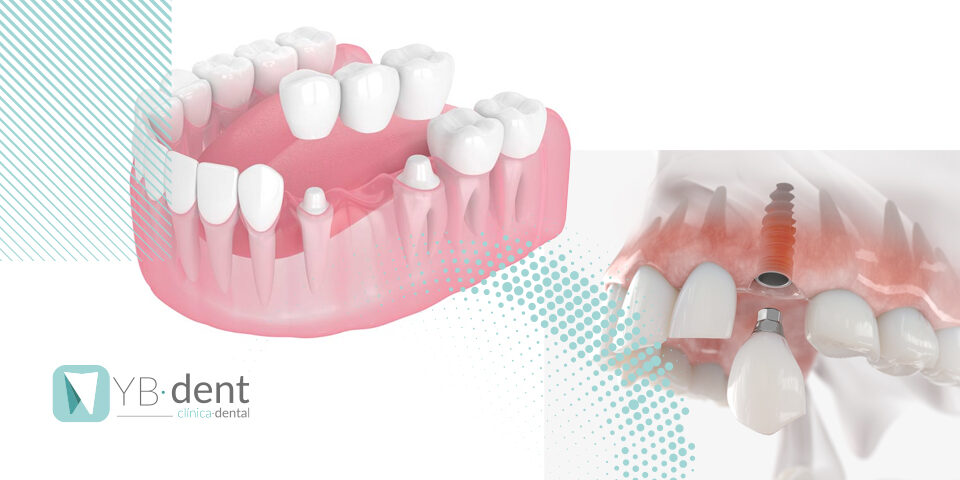Alimentos que manchan los dientes

¿Sabías que existen alimentos que pueden afectar a la coloración de tus dientes? Si quieres mantener los dientes sanos y con el precioso color blanco, toma nota de los alimentos que es recomendable controlar su consumo para evitar manchar tus dientes y, por consiguiente, el esmalte.
¿Por qué se manchan los dientes?
Debido al paso de los años y algunos malos hábitos, el esmalte dental puede perder su color blanco brillante, pero los dientes manchados o amarillentos no sólo dependen de los alimentos que consumamos, sino también de la salud bucodental, algunas enfermedades o la genética.
Si bien, para algunos de nosotros, es imposible dejar de consumir estos alimentos, podemos limitar su consumo o tomar medidas para afecten en menor medida a nuestro esmalte dental.
Alimentos que manchan los dientes
Evita estos alimentos sino quieres manchar tus dientes
Detectar cuáles son los alimentos que más atentas contra el blanco de tus dientes, es muy sencillo. Solo tienes que fijarte en aquellas comidas y bebidas que presenten colores fuertes, aquellos ricos en azúcares, en ácidos… Entre ellos se destacan los siguientes:
Alimentos ácidos y zumos de frutas
Alimentos como las naranjas, limones o tomates son una amenaza para el esmalte si no sabemos contrarrestarlo adecuadamente. ¿El motivo? Los ácidos contribuyen a la descalcificación del esmalte dental y provocan un desgaste prematuro.
¿Cómo combatimos los ácidos? Consumiendo frutas y verduras, combinando las más ácidas con otras para rebajar el nivel de acidez y no consumiéndolas a diario. También es aconsejable cepillarse los dientes media hora después de haber ingerido esas bebidas.
Bebidas carbonatadas
Los refrescos con gas desmineralizan el esmalte y están vacíos de nutrientes. En lugar de dejar de tomarlos, una opción es limitar su consumo y enjuagarse la boca después de beberlos.
Salsas y vinagres
Salsas de color intenso como la el kétchup, la salsa de soja o el vinagre de Módena deben ser consumidas con medida, ya que tras su fuerte coloración se esconden agentes que pueden generar manchas en tu esmalte dental
Bebidas energéticas
El “problema” de estos refrescos son su alto contenido en azúcar, también perjudicial para la salud y el color blanquecino de los dientes. Además, incrementan la aparición de las caries.
El café, el té y el chocolate
El café y el té son dos imprescindibles para muchas personas en su vida diaria. Son alimentos que dañan el esmalte y oscurecen las piezas dentales por su composición y su alta concentración de azúcares.
No podemos evitar que estos alimentos manchen las piezas dentales, pero si optar por sustituir algunos de ellos, como por ejemplo cambiar el té negro o rojo por té verde que contiene menos taninos.
Vino
El vino, ya sea blanco o tinto, posee una alta concentración de taninos y cromógenos, que combinados oscurecen el esmalte.
Por último, destacar que, aunque no es un alimento, el tabaco es un agente muy dañino para nuestra dentadura y coloración de nuestros dientes.
¿Se pueden eliminar las manchas de alimentos en los dientes?
Las manchas dentales más leves se pueden eliminar a través del cepillado y una buena higiene dental. Sin embargo, hay otras manchas más resistentes por lo que será necesario acudir a la clínica dental para hacer una limpieza profesional o un blanqueamiento dental y eliminar las manchas más profundas.
¿Existen alimentos que ayuden a blanquear la sonrisa?
La respuesta es sí. Los lácteos, las manzanas, el chocolate negro son algunos de los alimentos que favorecen el blanqueamiento dental.
Evitar estos alimentos que manchan los dientes y aumentar el consumo de aquellos que los mantienen blancos ayudará a que tu sonrisa brille como deseas, pero lo más importante es mantener una correcta higiene dental y completarla con una limpieza bucodental profesional al año.
En la Clínica YB-dent podemos ofrecerte el tratamiento que necesitas para devolverle a tus dientes su tono natural. ¡Pide cita!



